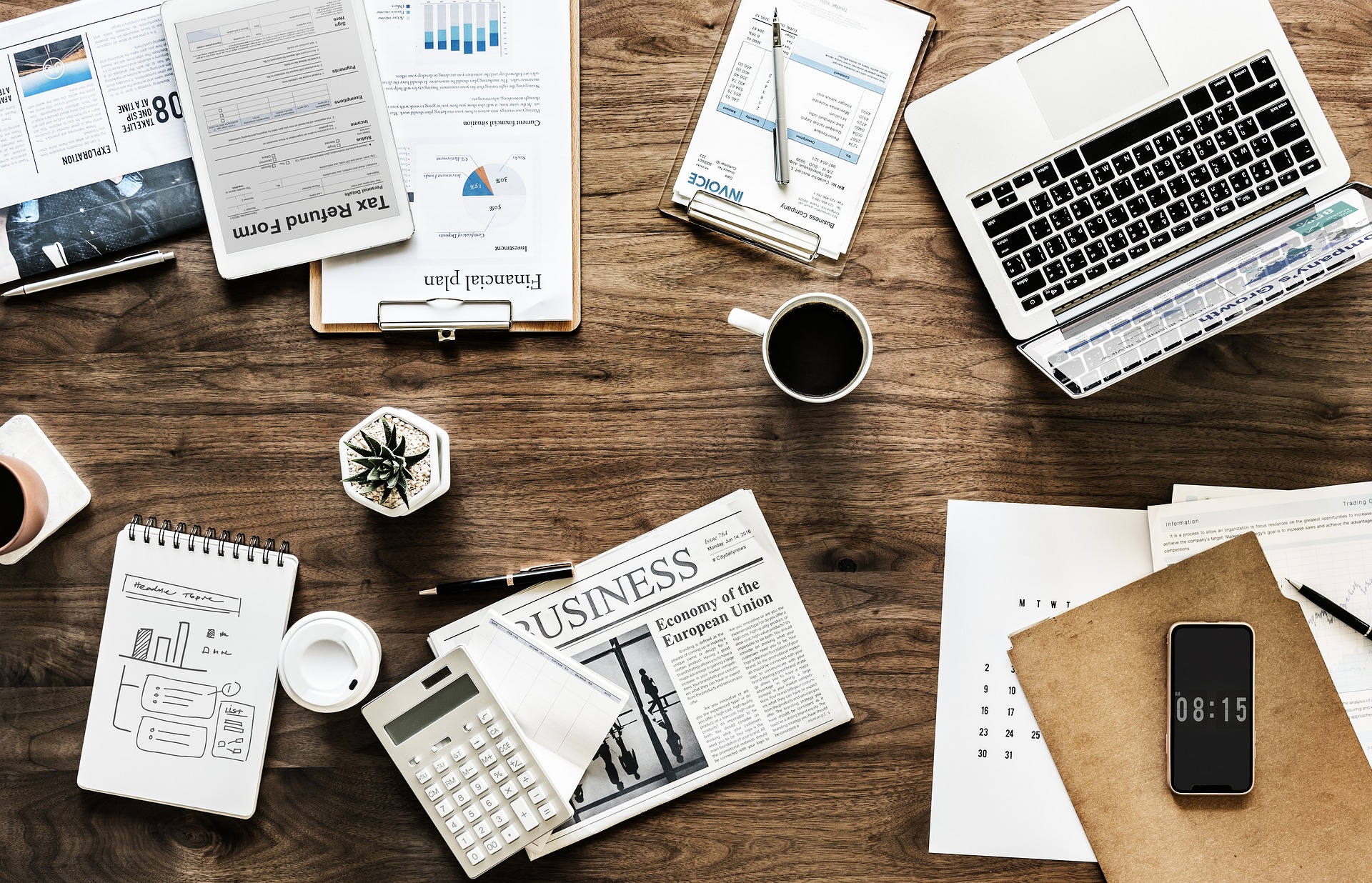Dazzling with Digital Twins: The Next Big Leap in Tech
Digital twins, a revolutionary concept in the realm of technology, is set to change the landscape of numerous industries. An umbrella term for a virtual model of a physical entity, a digital twin employs Internet of Things (IoT) and Artificial Intelligence (AI) to create real-time digital counterparts. They replicate their physical twin's behavior, providing valuable insights into their operations and performance. This article delves into the fascinating world of digital twins, their potential, and the ripple effects they are bound to create in the technology arena.

The Basics of Digital Twins
A digital twin is the virtual representation of a real-world object or system. Using sensors to gather real-time data from a physical entity, the digital twin offers a dynamic reflection, helping to better comprehend, manipulate, and optimize the response and efficiency of its counterpart. It’s like having a 3D, real-time blueprint that adjusts and changes according to the live behavior and conditions of the physical twin.
Advantages of Digital Twins
The potential benefits of digital twins are vast. From minimizing downtime in industries to improving operational efficiency, the applications of this technology are wide-ranging. High-value spaces, like nuclear power plants, can monitor and troubleshoot potential issues and safety hazards, reducing maintenance costs. Retailers benefit from utilizing digital twins of brick-and-mortar stores, learning customer behaviors and preferences to uplift sales. Optimized product design and reduced time to market are other key advantages.
Digital Twins and IoT: A Perfect Duo
The synergy between digital twins and the Internet of Things (IoT) is particularly noteworthy. IoT provides the data stream needed to build the digital twin, while the digital twin, in turn, becomes a powerful tool for analyzing and manipulating the real-world object. Combined, these technologies serve as the cornerstone for a spectrum of applications, stretching from healthcare to space exploration.
Real-World Applications of Digital Twins
In healthcare, doctors could use digital twins of their patients to predict the onset of diseases and provide customized treatment plans. In manufacturing, digital twins could facilitate the elimination of bottlenecks in processes, reducing costs and enhancing efficiency. And in the case of smart cities, digital twins could simulate entire urban environments, allowing urban planners to model the effects of various interventions before committing resources to them.
The Future of Digital Twins
The future of digital twins and their applications seems limitless. As technology continues to advance and the quality of data improves, the sophistication and accuracy of digital twins will only increase. In the not-too-distant future, we may see digital twins of entire ecosystems, helping us tackle climate change, improve agricultural yields, and manage biodiversity loss.
- Digital twins can significantly decrease product development costs by allowing virtual testing of components and systems.
- The global digital twin market size is projected to grow from USD 3.1 billion in 2020 to USD 48.2 billion by 2026.
- Early detection of impending failures is one of the standout benefits of digital twins.
- Industries as diverse as automotive, healthcare, and energy are turning to digital twins for greater efficiency and profitability.
The concept of digital twins can seem complicated and outer-worldly, but the actual implementation offers a seamless integration with our existing technology. As we continue to evolve and seek out solutions to our world’s complexities, digital twins will undoubtedly form an essential part of our technological landscape. The dual advancements in AI and IoT make digital twins practical today, while advancements in data analysis and cloud computing will pave the way for the technology’s bright future. The emergence of digital twins is a testament to how far technology has come, and a promising sign of where it is headed.




